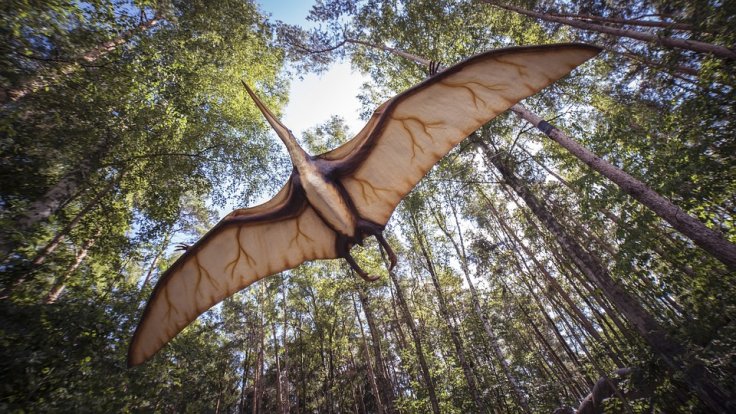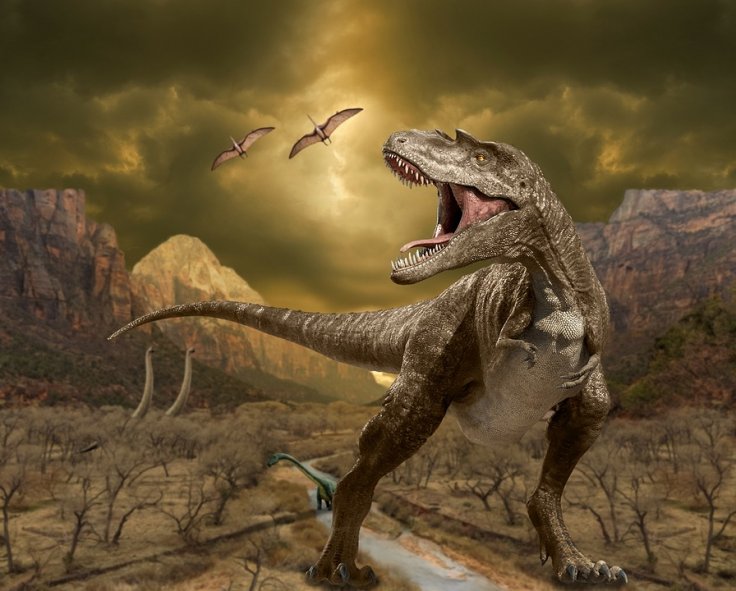A new species of Pterosaurs, which lived during the same period as non-avian dinosaurs between 210 million – 65 million years ago, has been found in Angola. It has a wingspan of nearly 4.8 meters.
Epapatelo otyikokolo is lived in the now African country of Angola during the Maastrichtian age of the Cretaceous period, between 71.6 and 71.4 million years ago. Fossilized remains of several individuals of Epapatelo otyikokolo and other pterosaurs were found in the upper portion of the Mucuio Formation near the commune of Bentiaba in Angola's Namibe province.

Experts believe pterosaurs were the first vertebrates to evolve powered flight.
Dr Alexandra Fernandes, a palaeontologist at the Museu da Lourinha, and her colleagues highlighted that pterosaurs discoveries in Africa have been sparse. They said the main fossil concentrations on the continent are in northern countries and disparate occurrences in the further south.
The team attributed this to sparse field sampling and the unavailability of Mesozoic exposures throughout sub-Saharan Africa. Fernandes said majority of what has been discovered across Africa are found as isolated bones. "Most localities are Cretaceous in age, with some Jurassic sites as well."
Epapatelo otyikokolo belongs to the pterosaur family Pteranodontia. The researchers, via their phylogenetic analysis, confirmed a non-nyctosaurid pteranodontian attribution for the new species. It supports a new apomorphy-based clade, Aponyctosauria. They pointed out that late Cretaceous pteranodontians are rare in sub-saharan Africa and throughout the southern hemisphere.

Angola's present-day coastline, by the Late Maastrichtian, had already formed and Africa had become isolated from other continental landmasses. This means that inhabitant species were able to be further endemically specialized into their own unique paleobiology. Researchers said the fossil assemblage provides a first glimpse of Angolan pterosaur paleobiodiversity. It provides further insight into the Gondwanan ecosystems of the Upper Cretaceous epoch.
From the findings, the researchers established that the Angolan pterosaurs entered the marine realm while feeding like modern seabirds such as gannets and brown pelicans.









